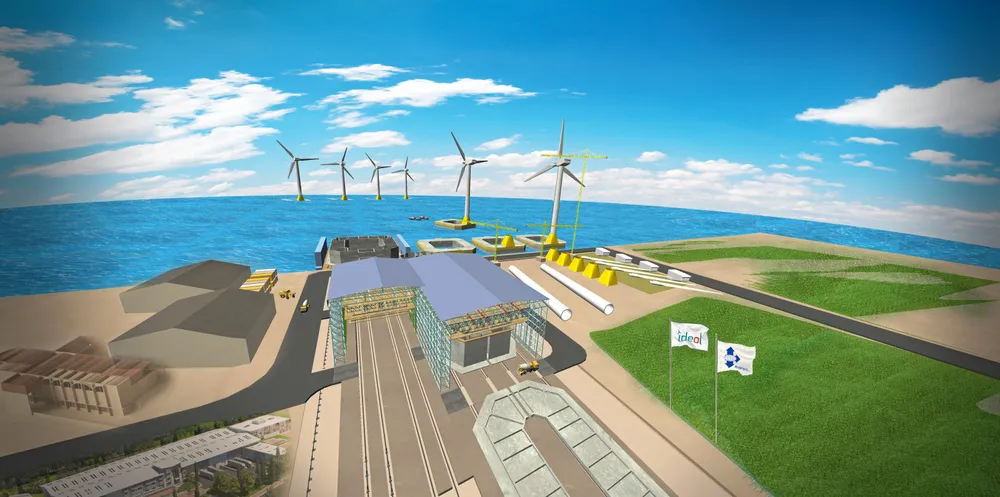Floating wind 'could make up 25%' of US' total offshore fleet by 2035: Aegir
Pro-renewables Biden administration seen as clearing way for build-out of as much as 11GW of deepwater projects, led by massive, long-simmering play off California

Pro-renewables Biden administration seen as clearing way for build-out of as much as 11GW of deepwater projects, led by massive, long-simmering play off California
